We are producing Cesium 3d Tiles from .dgns, our problem first was that some elements seem to have the wrong surface normals, or so we think and our fix was to use the Orientator transformer, produce a Reversed version of all elements and then Merge these elements back together so we don't have duplicates.
What occured afterwards is that some elements have weird shadings that change as you orbit the element, is there any fix to this? Is this still an issue with the surface normals? Or could it be that some inner color bleeds through because of the normals 'fix' we did?
Thank you in advance!
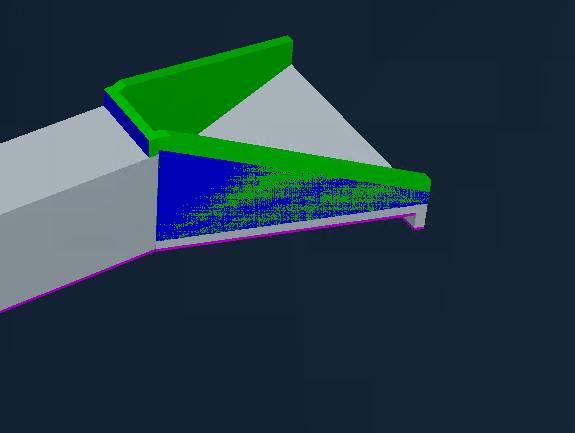
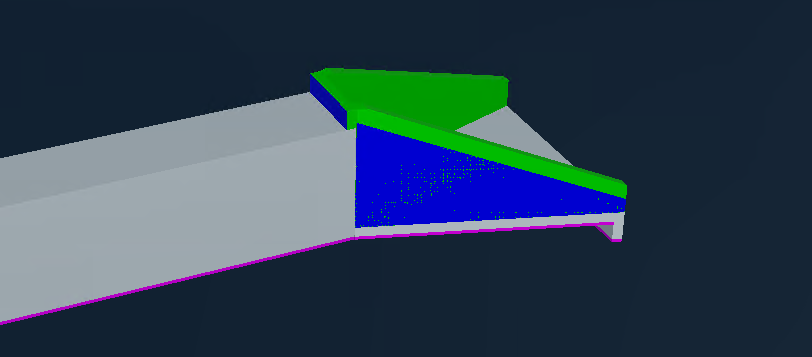







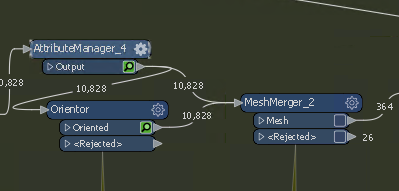
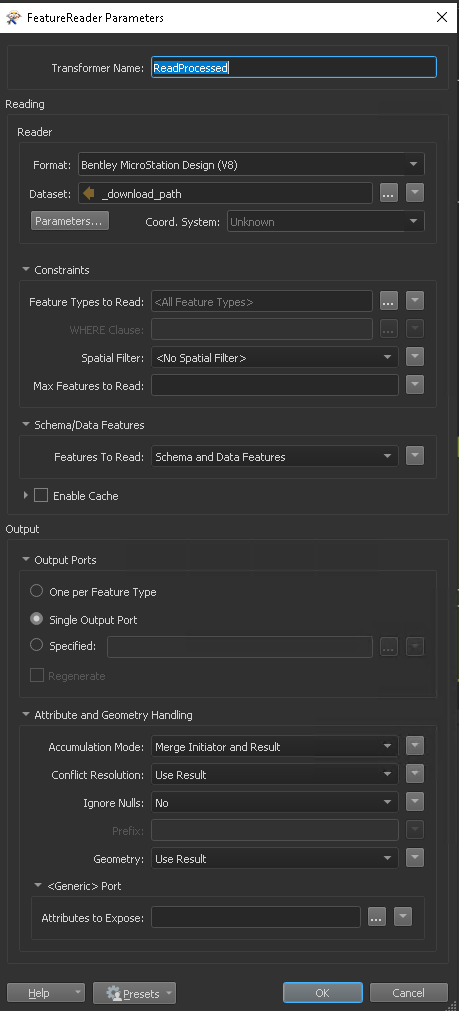
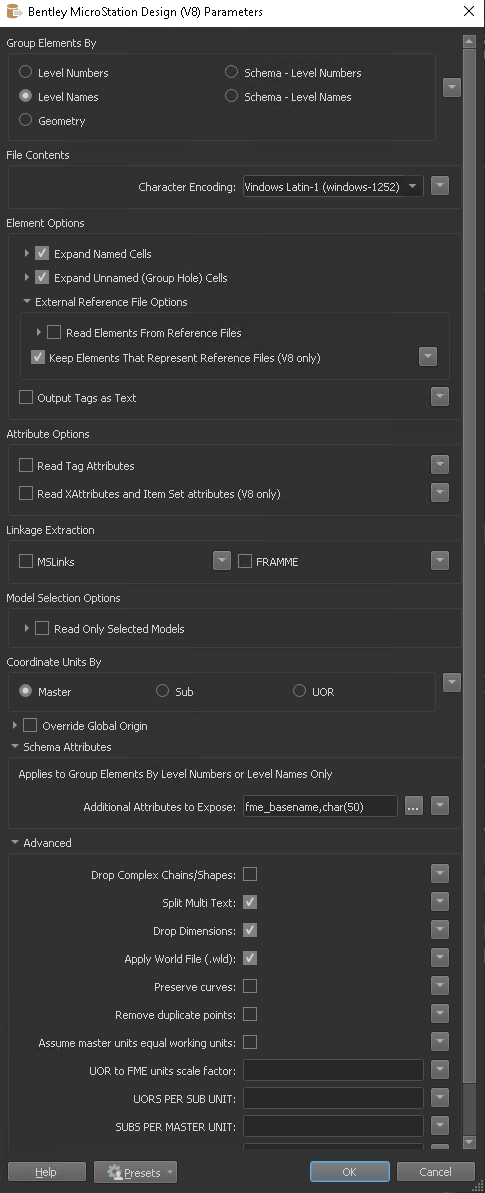 If Im inspecting the source with FME Inspector/Bentley the .dgn files seem fine
If Im inspecting the source with FME Inspector/Bentley the .dgn files seem fine